I am pleased to welcome S.K. Keogh, the queen of nautical fiction. Today she talks about her nautical trilogy.
____________________________________
A story of relentless
pursuit, betrayal, and revenge:
As a young boy Jack Mallory knows horror and desolation when James Logan and his pirates murder his father and abduct his mother. Falsely accused of piracy himself, Jack is thrown into jail. He survives seven years in London’s notorious Newgate prison and emerges a hardened man seeking revenge.
As a young boy Jack Mallory knows horror and desolation when James Logan and his pirates murder his father and abduct his mother. Falsely accused of piracy himself, Jack is thrown into jail. He survives seven years in London’s notorious Newgate prison and emerges a hardened man seeking revenge.
His obsession with finding his mother’s kidnapper drives him to the West Indies where he becomes entangled with a fiery young woman named Maria Cordero. With a score of her own to settle with James Logan, she disguises her gender and blackmails Jack into taking her aboard his pirate brig, Prodigal, in his desperate search for Logan. Their tumultuous relationship simmers while Jack formulates a daring plan to rescue his mother and exact revenge upon Logan for destroying his family. But Logan has no intentions of losing what he now treasures more than life itself…Jack’s mother, Ella.
This jacket blurb for my
first novel, The Prodigal, sets
the stage for my historical trilogy. The books follow Jack Mallory through his
quest to find not only his mother but to find himself as a man. He becomes a
pirate out of necessity, yet he yearns to reclaim the honest life he had lost
on the day James Logan came into his life. But once a pirate, will he be able
to forsake a life of freedom at sea?
When you read any genre of
novel, what’s the most important thing to you? I’m guessing it’s interesting
characters. I mean, if a story has a great plot but lacks engaging characters,
will you continue to read that book?
Most of the Age of Sail
novels that I’ve read have male protagonists and are focused more on action
than relationships and character development, two things that I think female
readers are most interested in. One of the things that I wanted to do when I got
the idea for my first novel, The Prodigal, was to
write a story about people, not just
about pirates and ships at sea. I wanted my readers to care about the
characters, not just about who wins a ship-to-ship battle.
Another thing I wanted to do
differently than most novels in this genre was to have a male protagonist and a female protagonist. This way both
male and female readers have someone to whom they can relate more closely. And
thus Jack Mallory and Maria Cordero were created.
Another goal of mine was to bring back
straight-forward, good old fashion storytelling. A story that has a clear plot
and a clear goal for the characters. I don’t know about you but I’ve read too
many novels that have no real sense of urgency or true direction. I want my
readers not only to care about my characters but also have a reason to turn
pages and eagerly get to the end as fast as possible…and then read the next
book, of course, to find out “what happens next?”! Isn’t that one of the fun things about a good
story—discovering “what happens next?”
Instead of going on and on about my novels, I
thought I would share with you the real-life inspirations behind the stories’
setting.
While these three stories are
first and foremost sea stories (Jack becomes a pirate, after all), they are
also land-based. Now I don’t want to give too much away about the plot or characters,
but I will tell you that parts of the stories take place in what is today
called South Carolina. Back in 1692 when my stories take place, South Carolina
and North Carolina were known as one province called Carolina; the separation
between North Carolina and South Carolina didn’t come into play until the
1700s. Specifically, the region I focus on is Charleston, or as it was known
back then: Charles Town.
When you think of the agricultural
Old South, what do you think of? “Gone With the Wind” or “North and South”?
What type of crops do you think of first? Cotton? Tobacco? Well, back in the
early colonial period that I write about, South Carolina’s plantations were
best known for rice production. The “lowcountry,” as it is often referred to,
is just that—low, and that type of land is perfect for rice cultivation. Have
you have heard of “Carolina Gold” rice? That particular type of rice made
Carolina a very wealthy province in the 1700s and is still grown there today,
as shown in this picture.
When you think of plantations
in the Old South, what else do you think of? Slaves and grand manor homes?
Well, in 1692, there were many plantations in the Charleston region but few of
their homes were grand. Far from it. There were some, however, like the
Draytons and Middletons who were indeed wealthy enough to build fancy
plantation houses, but most of the early settlers were not wealthy. Instead of
rice or indigo, most made their money from producing naval stores like pitch,
tar, oak, and hemp or from raising cattle and corn (wheat didn’t grow well in
that environment, so corn was more the staple). It wasn’t until the 1700s that
rice really took over as the province’s major export.
But in my stories, I use rice
as the staple crop for my plantation, Leighlin. I wanted to portray the
character who owns the plantation as a cutting-edge type of planter, so I have
him as one of the first to experiment with growing rice.
While researching Charleston
and its plantation culture, I visited the region. Before going there, I had an
idea of what I wanted Leighlin Plantation to look like, both the manor house
and the land itself, but when I made my first trip to Charleston, I found the
inspirations for not only Leighlin but for another plantation that figures
prominently in the stories.
If you have visited
Charleston, perhaps you visited Middleton
Plantation or Drayton
Hall. What struck me most about Drayton Hall was
the house, whereas with Middleton the land itself is what captured me.
I adopted Drayton Hall as the
model for Leighlin House, a classic example of Georgian-Palladian architecture.
You can see in this picture
the symmetry in the design. If you cut the house right down the middle, each
side would have the same amount of doors, windows, and chimneys. Inside, the
two main floors have a central room—a Great Hall and a ballroom—off which other
rooms (two each side) are situated.
Middleton Plantation only has
a portion of its manor still standing.
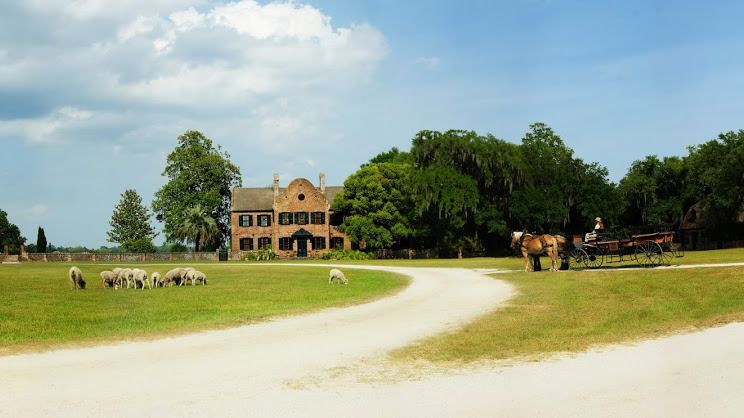
It used to have a house and two flankers. What you see in this picture is one of the flankers. Flankers were smaller structures, usually connected to the main house by garden walkways. Middleton was the inspiration behind Wildwood Plantation in my novels. I loved its enormous, elaborate garden, which is the true centerpiece of the plantation today.
Allées,
which are straight pathways as seen in the picture above, crisscross the
gardens and take you to a variety of individual gardens as well as fountains
and statues.
Middleton Plantation sits on
a bluff which overlooks the Ashley River.
Because the land there is so
beautifully situated, I used it for Leighlin. I love this view (below) from the
bluff down the river.
The picture below shows a
flooded rice field. Notice the earthen dyke on the far left that separates the
field from the river.
When Middleton was a
functioning rice plantation, the fields were flooded from inland creeks via
trunk gates like the one pictured below, then drained through trunk gates into
the river.
The reason they didn’t use
the river water to flood the fields was because the Ashley River is a tidal
river and so its brackishness would have killed the rice. The trunk gates that
were used during the time of my stories, however, were more primitive than the
gate pictured here. They were simply hollowed-out cypress logs that were buried
low in the dykes with plugs at either end to control water flow.
But as I said my main
character, Jack Mallory, is a pirate, and all pirates need a ship. Unlike in
most Hollywood movies, pirates usually did not sail large ships. They preferred
small, agile sailing vessels that could easily catch the larger, slower
merchant ships that they preyed upon. The tactics pirates preferred weren’t
coming alongside another ship and blasting away with broadside after broadside
of cannon fire as shown in the movies. They preferred to get what they wanted
with the least amount of bloodshed on their part, so they often would sail
their smaller vessel close to their prey and make a big show by firing off
their muskets and pistols and maybe a few choice shots from their cannon (or
guns as they are referred to on a ship). This fierce show would often cause
merchant ships to immediately surrender because they were never heavily armed
nor carried a large crew that could handle the sails and the great guns at the
same time. Like today’s businessmen, ship owners were interested in employing
the fewest men possible to get the job done.
So when I was looking for a
ship to pattern Jack’s vessel after, I looked for something small. In other
words, nothing like the Black Pearl
which you may have seen in “Pirates of the Caribbean.” The Black Pearl is a true “ship” because it has three masts, like this,
whereas Jack’s vessel, the Prodigal,
is not a true ship at all because it has only two masts. Instead it is known as
a brig.
So once I decided on Jack’s
“ship” being a brig, I set out to find a functioning replica of a brig so I
could learn how she was sailed. My search led me to Erie, Pennsylvania, home to
the Niagara, pictured here.
Unfortunately the Niagara is not from Jack Mallory’s era
but instead from the War of 1812, so her sail plan varies a bit from the Prodigal, but the essential way she is
sailed—the lines used, etc.—is virtually the same.
I sailed three times on her,
once as a member of the crew. It was definitely one of the greatest experiences
of my life. They offer public sails, so if you ever get a chance, I highly
recommend taking a day sail on her.
I was introduced to a
volunteer, Pat Claxton, at the Maritime Museum in Erie, where the Niagara is berthed. He used to sail as a
regular crewman aboard the Niagara
(and he’s a former Navy man), and he’s also a reader of the Age of Sail genre. Pat
was very helpful in answering my many questions about seamanship in the Age of
Sail.
When I wrote The Prodigal, I had
no plans to turn it into a trilogy, but once I reached the end, I found myself
wondering, “What happens next to these characters?” I hope, if you read The Prodigal, you
will wonder the same thing and go on to enjoy the other two books—The Alliance and The Fortune. But
don’t feel that you must read them as a trilogy. Each book can be read as a
stand-alone.
Facebookhttps://www.facebook.com/#!/S.K.Keogh



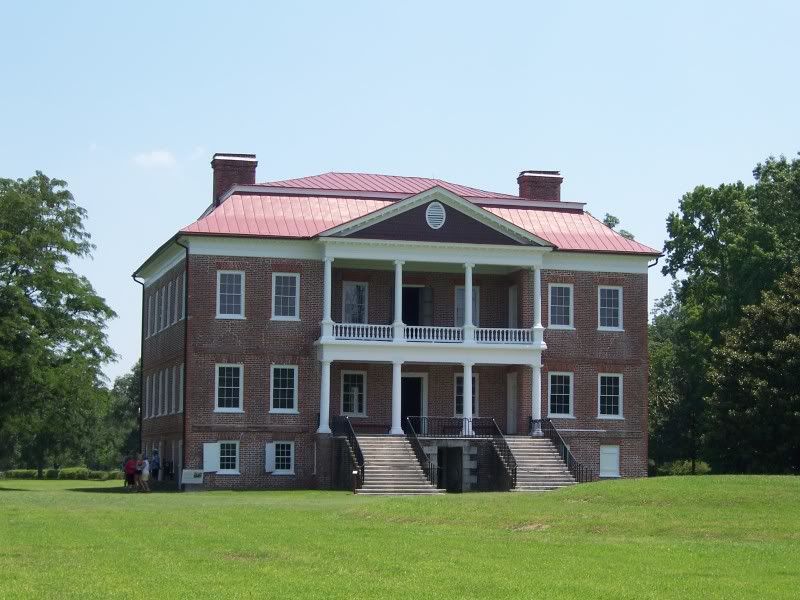


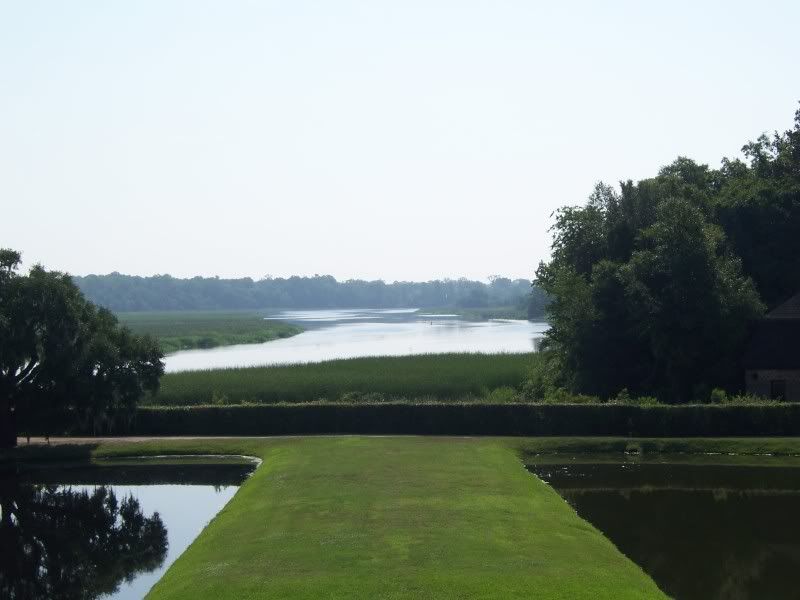
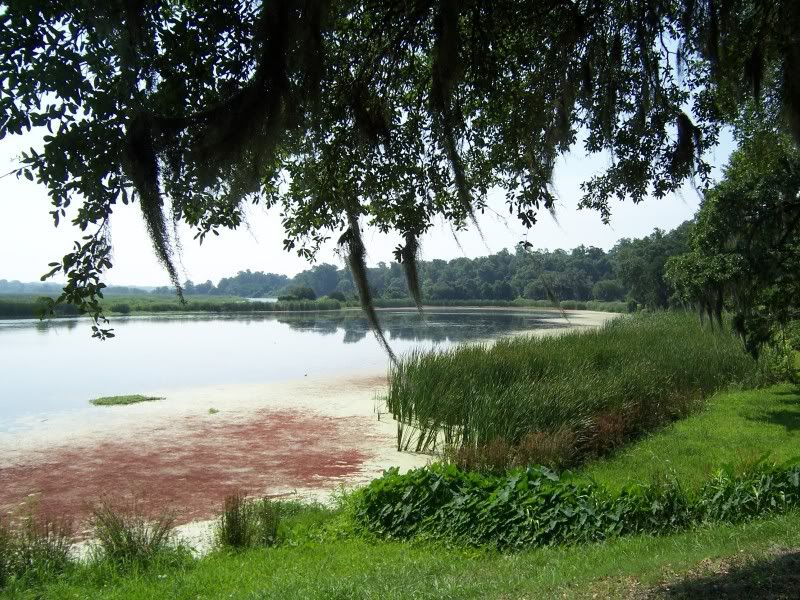
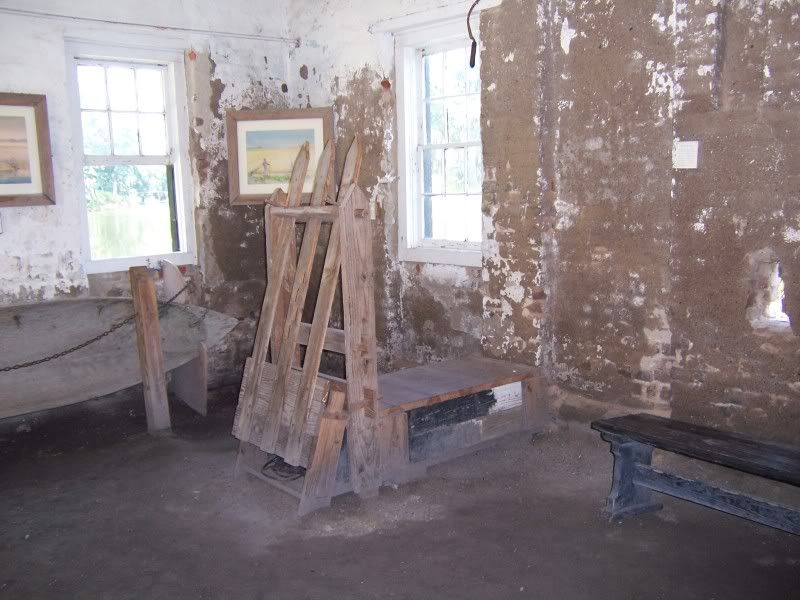
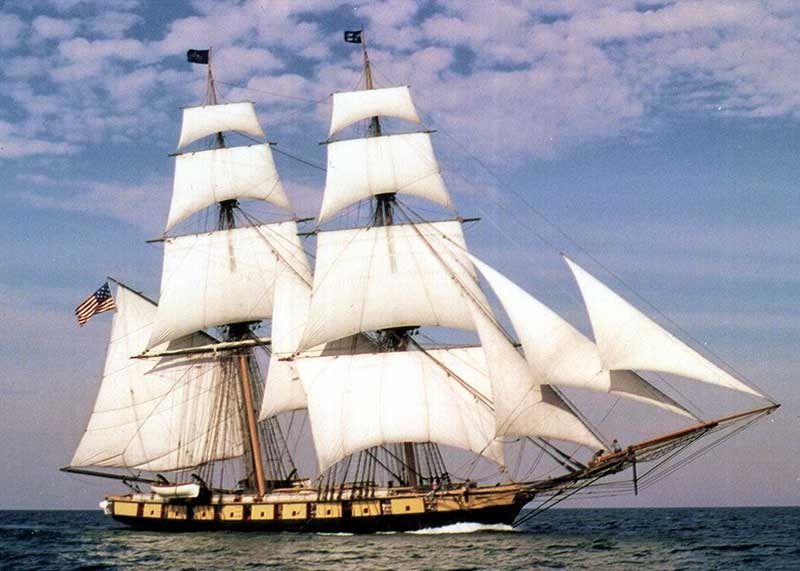

It's fun to see the inspiration behind the stories. Setting inspires me -- especially historic sailing ships. Met a man aboard the Lewis R. French who had served as bosun aboard Niagra (a decade ago)... A true swashbuckling trilogy you've written there, mate! All the best.
ReplyDelete